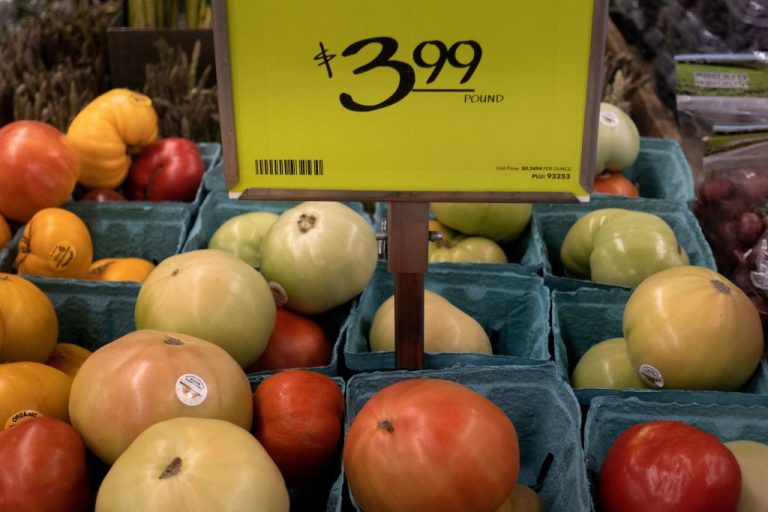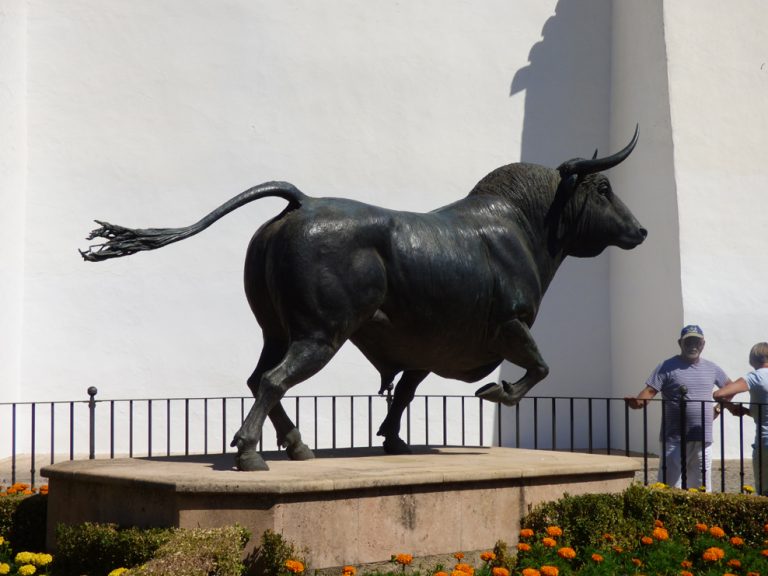Supply chain disruptions and waning supplies of materials are increasing costs, causing producer prices to soar to a record annual rate in July.
According to the Labor Department, the producer price index for final demand rose by 7.8% compared to a year earlier, with the July rate exceeding the 7.3% rate in June and the 7.3% rate anticipated by analysts surveyed by Refinitiv.
While analysts were expecting producer prices to rise by 0.6% in July, they ended up increasing by 1% instead.
Rise of consumer prices
Consumer prices rose 5.4% annually in July, with a large portion of the increase due to the 1.1% rise in final demand services, as well as a 1.7% rise in margins for final demand trade services.
A margin increase of 11.2% for automobiles and parts retailing contributed to approximately 20% of the increase, in addition to rising indexes for airline passenger services and hospital outpatient care.
Success
You are now signed up for our newsletter
Success
Check your email to complete sign up
Prices for final demand goods rose by 0.6%, prices for tobacco products went up by 2.7%, and prices for beef and veal fell by 11.6%.
Excluding food and energy, the core producer prices rose 1% in July, twice the anticipated 0.5% increase. Core prices climbed 6.2% annually, exceeding the expected 5.6% increase.
“We expect the July report to mark the peak of producer price inflation as supply pressures gradually unwind in the coming months and demand moderates from its blistering pace in the first half of the year,” economist Mahir Rasheed told Reuters. “However, stubborn pandemic disruptions will continue to hamper supply through year-end.”
The decline of prices at the beginning of the pandemic caused a “base effects” skew of annual data. As the supply chain issues caused by the pandemic resolve, the Federal Reserve believes that the price increases and cost pressures will stabilize. The slowing of price increases tentatively shows that inflation is reaching a peak.
Richmond Fed President Thomas Barkin told Reuters that inflation “seems to have crested” and should be going down in the coming months. However, the speed by which prices return closer to normal depends on factors such as supply chain disruptions and the strained relations between the U.S. and China.
While vehicle prices increased by 1.7%, automakers ran short on inventory due to a global shortage of semiconductors. Shelter and energy prices also rose, as well as prices in bars and restaurants.
The economic recovery has caused a rift between supply and consumer demand, further spurred by low-interest rates and about six trillion dollars in government relief. Demand for airline travel, hotels, and motels has surged due to fewer restrictions in the summer, with hotel rates up 6% in July.















